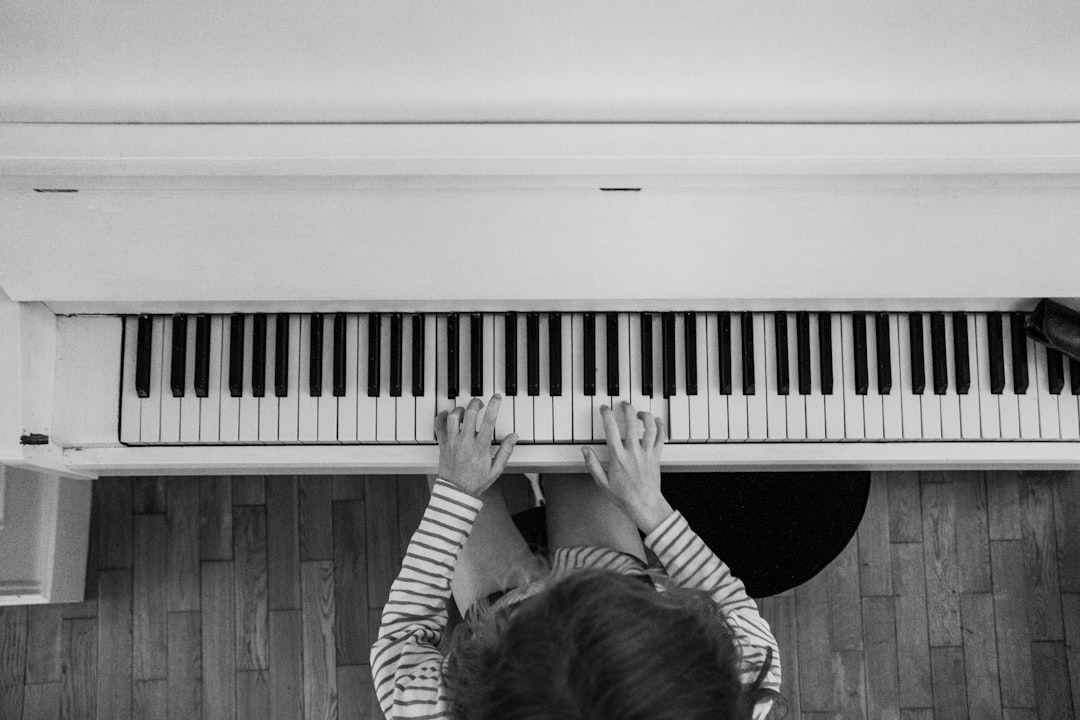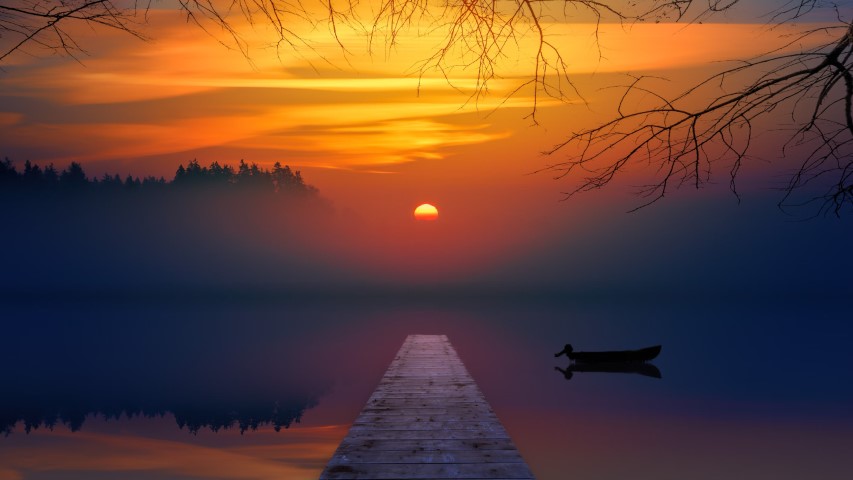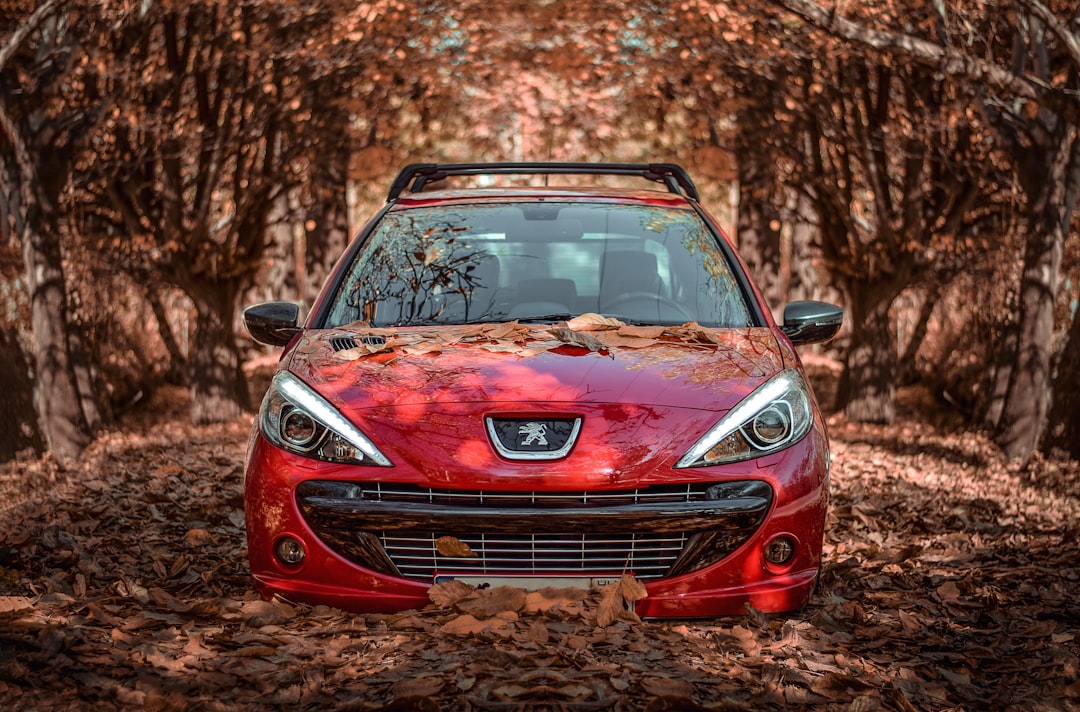The Art of Creating Stunning Digital Artworks
The world of art has evolved significantly over the years, with digital art becoming a popular medium for artists to express their creativity and imagination. Before the advent of digital technology, traditional art forms such as painting and sculpting dominated the art scene. However, digital art has emerged as a groundbreaking art form that combines both traditional techniques and digital tools to create stunning and visually captivating artworks.
What is Digital Art?
Digital art encompasses a wide range of artistic practices that utilize digital technology to create visual artworks. It involves the use of computers, software, and tablets to create and manipulate images, illustrations, and animations. Digital artists use various tools such as graphic design software, drawing tablets, and styluses to create their artworks. The possibilities are endless, as digital art allows artists to experiment with different techniques, colors, and styles that are not limited by traditional art mediums.
The Advantages of Digital Art
There are several advantages to creating digital artworks that have contributed to its growing popularity among artists. Firstly, digital art offers a more accessible and affordable platform for artists. Traditional art mediums can be costly and time-consuming, whereas digital tools are more affordable and readily available to artists. Digital art also allows for easy experimentation with various techniques and styles without the fear of ruining the artwork, as everything can be easily undone or edited in digital platforms.
Furthermore, digital art offers greater convenience and versatility to artists. Artists can work on their artworks at any time and place, as digital tools are portable and can be accessed from anywhere with a computer or tablet. The ability to save, share, and distribute digital artworks online has also allowed artists to reach a wider audience and gain recognition for their work.
The Creative Process of Digital Art
The creative process of digital art involves various stages and steps that artists follow to bring their ideas to life. It all begins with an idea or concept that the artist wants to convey through their artwork. This could be inspired by personal experiences, emotions, or even current events. Once the idea is formed, the artist begins exploring different references, sketches, and compositions to capture their vision.
Next comes the digitalization of the artwork. The artist transfers their sketches and compositions onto a digital platform using graphic design software, a drawing tablet, and a stylus. They begin adding layers, colors, and textures to create depth and visual interest. Digital art offers a wide range of tools and brushes that artists can utilize to create realistic or stylized effects.
As the artwork progresses, artists often make revisions and adjustments to achieve the desired outcome. They play with colors, lighting, and contrast to create a visual impact. Many artists also incorporate various digital effects and filters to enhance their artworks. This is where the true advantage of digital art shines, as artists can easily tweak and transform their artworks without the need to start from scratch.
With digital art, the possibilities of creating stunning and unique artworks are infinite. Artists have the freedom to experiment with different styles, techniques, and compositions. They can manipulate images and elements in ways that were previously impossible with traditional art mediums. Digital art also allows artists to combine different art styles and cultural references, creating artworks that are truly one-of-a-kind.
In conclusion, the art of creating stunning digital artworks has revolutionized the world of art. Digital art offers artists a new medium to express their creativity and imagination, allowing for endless possibilities. With the accessibility and versatility that digital tools provide, more and more artists are embracing the world of digital art. The art world will continue to evolve, and digital art will undoubtedly play a significant role in shaping the future of art.















